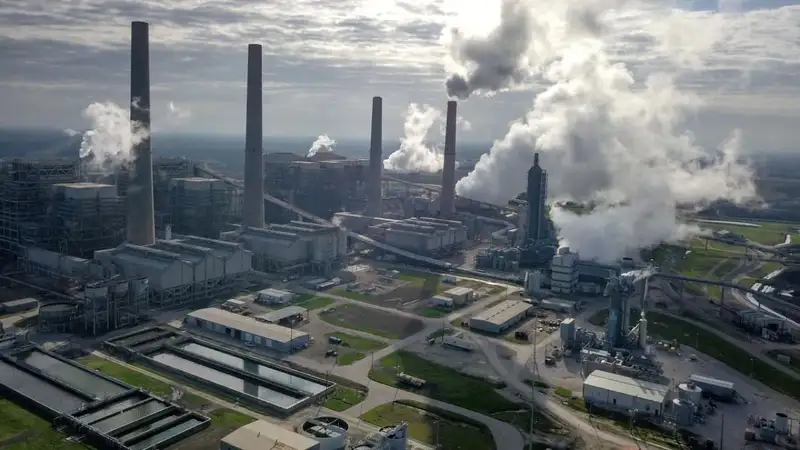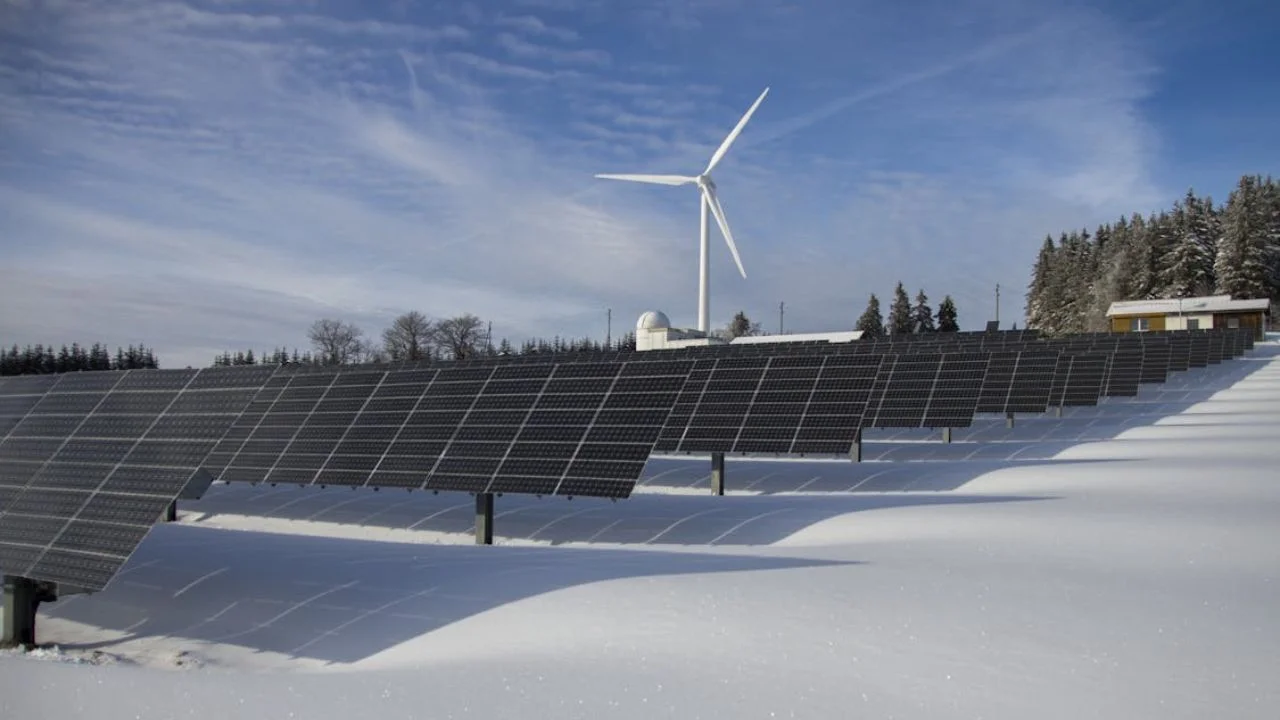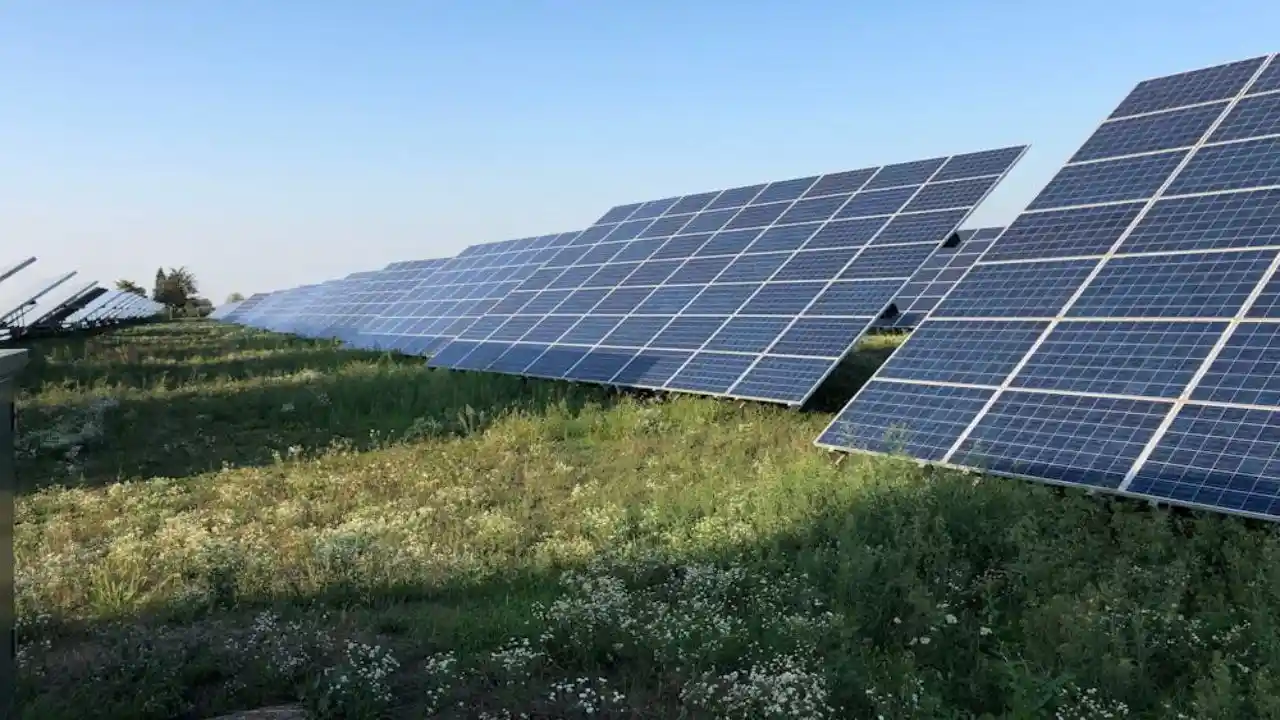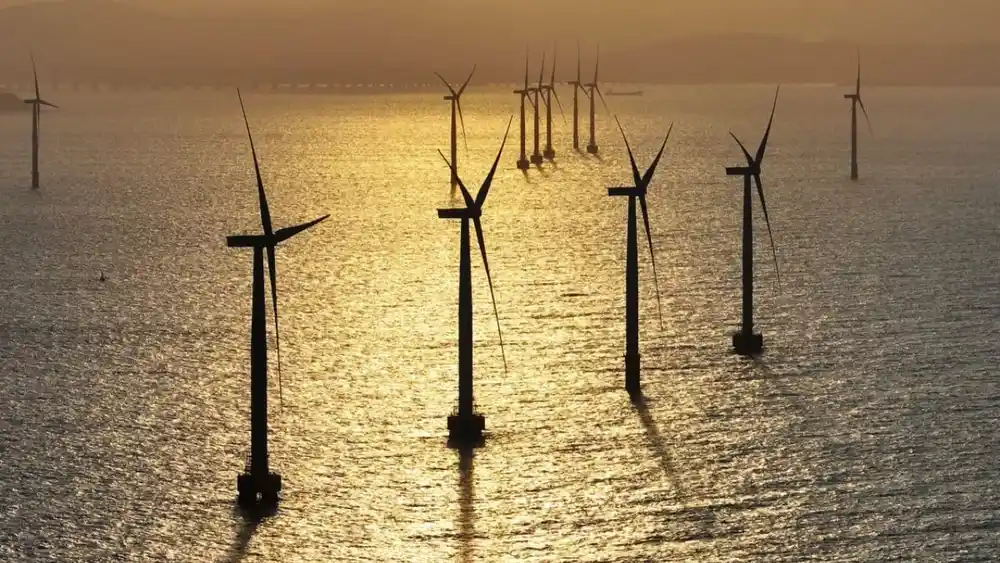
the U.S. Supreme Court denied petitions to block an EPA rule limiting greenhouse gas
emissions from power plants. (The image by RM VM is licensed under CC BY-SA 4.0)
- The Supreme Court Rejects Utilities’ Request for Stay of EPA’s Carbon Rule for Power Plants.
- Utilities, waiting to buy a break, lose coal plants in retirement.
- The regulation cuts carbon emissions from coal-fired and gas-fired power plants by 2032.
- The case will continue its way through the D.C. Circuit court system next year.
The U.S. Supreme Court has rejected a plea by utilities and other groups for an order that would delay an Environmental Protection Agency rule limiting carbon emissions from power plants. The high court ruled the challenge may go forward, but if unchallenged, the rule would remain in place.
In dissent, Justice Clarence Thomas said the majority now chooses to do nothing: “This court has simply chosen to do nothing.” However, the majority ruled no irreparable harm would result from allowing the rule to move forward as the U.S. had planned for over six months. Court of Appeals for the D.C. Circuit is now preparing to hear the case.
Also read: Minnesota Cities Use Utility Fees to Boost Climate Action
The EPA issued the carbon rule in April, which targets reductions from coal and new gas-fired power plants operating after 2039. Those power plants must comply with emission standards that are comparable to adding carbon capture and storage by 2032. Utilities and energy groups, from American Electric Power to Duke Energy to Southern Co., had requested a delay, arguing that the rule would cause early retirement of coal plants and cause economic damage.
Justice Brett Kavanaugh, in concurrence, acknowledged that in some of their litigation challenges, utilities may succeed. However, he joined with his colleagues that the D.C. Circuit’s decision at the end of this week makes an emergency stay unnecessary. Legal argument is about whether the EPA went beyond its authority– a point shared by 25 Republican attorneys general and other litigants.
The power industry does not have a single opinion about the EPA rule. While some utilities claim that the rule is too burdensome, especially in the mandate of the development of CCS technology, which is costly and still yet to be proved, others believe that the rule is practicable and should serve as a stepping stone towards combating climate change. The New York Power Authority as well as the Pacific Gas and Electric are upholding the EPA’s position.
The opposition to the rule states it would trigger the premature retirement of coal plants, potentially weakening reliability on the grid as electricity demand increases. In that manner, such groups as the National Rural Electric Cooperative Association and NRECA highlighted such a concern in their court submissions. NRECA’s CEO Jim Matheson urged the D.C. Circuit to expedite their decision, warning that further delay would put even more stress on the U.S. electric grid.
Also read: 1-Hour Batteries Boost Renewable Energy Values by 81%: LBNL
Oral arguments are expected early next year, and the outcome of the presidential election may have a heavy influence on the litigation. The EPA is likely to continue defending the rule if the current administration remains in office. A new administration may try to modify or pause the regulation, potentially resulting in its reworking or cancellation.
The research firm ClearView Energy Partners has pointed out that, though the D.C. Circuit is likely to issue the judgment first, it is at the discretion of the Supreme Court to declare the ultimate judgment in the case of the EPA’s rule.
Perhaps even more fundamentally, the permission granted by the Supreme Court to the EPA’s rule on carbon emissions marks a critical juncture in the political debate over the rules that regulate power plants. While utilities and industry groups litigate against the rule, its fate is still determined by the future D.C. Circuit’s decision and political movement. For now, the effort of the EPA in implementing the reduction in carbon emissions from power plants is still underway; compliance is expected in 2032.






